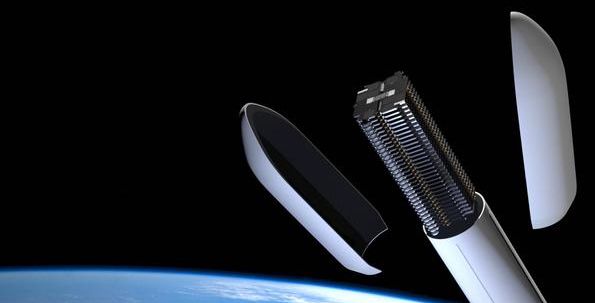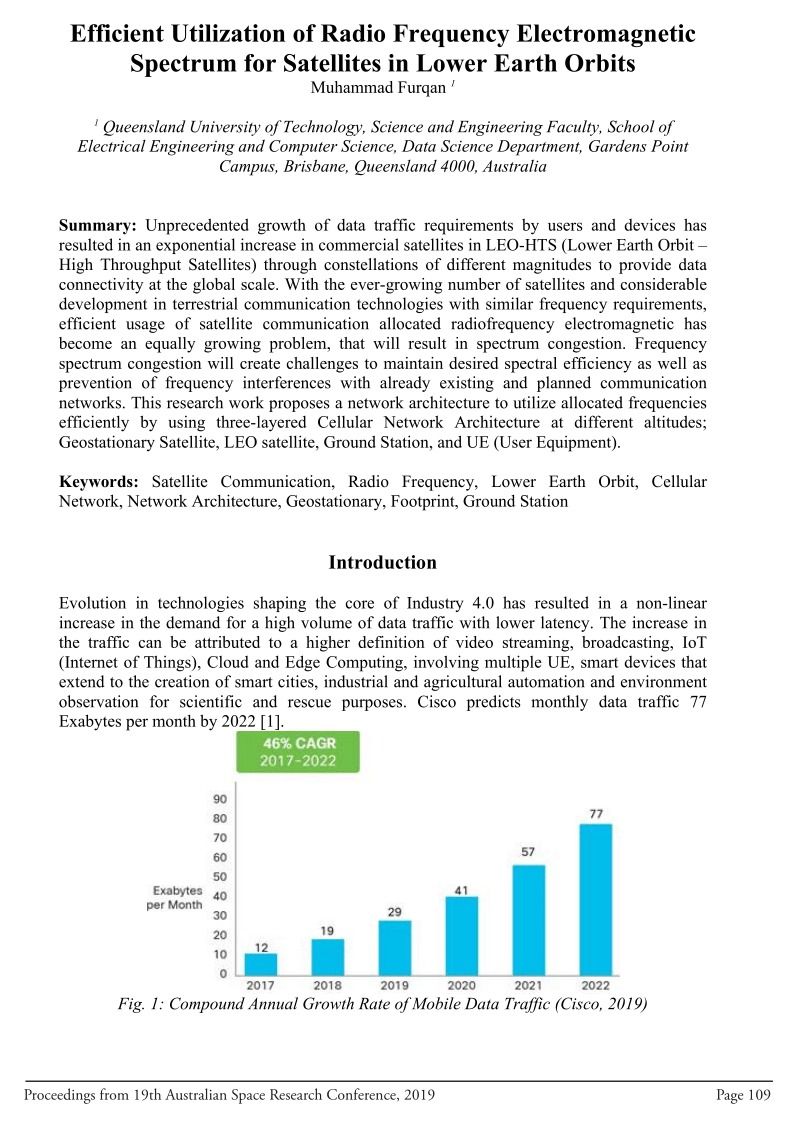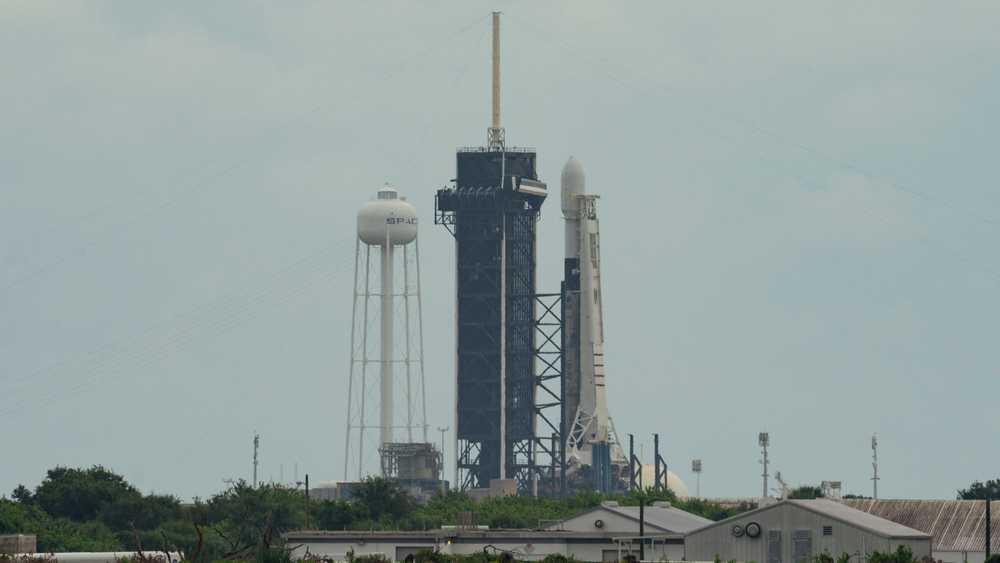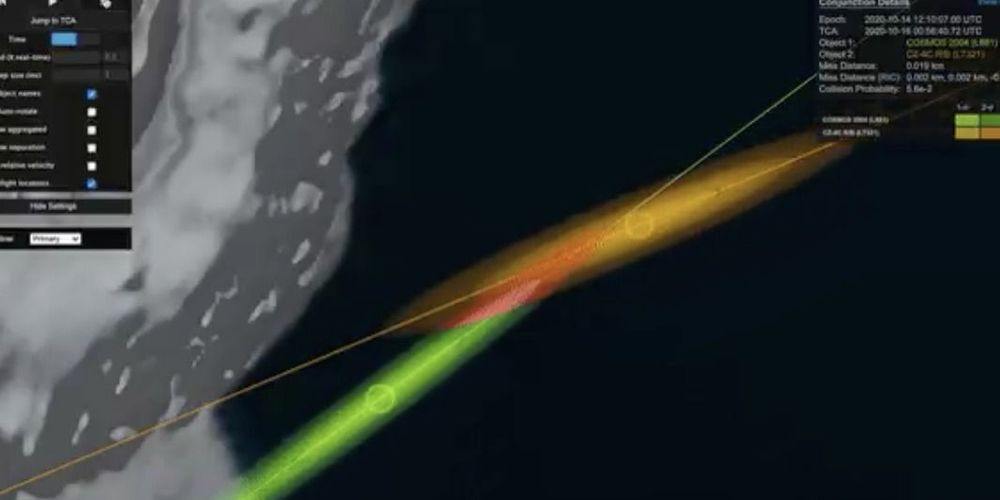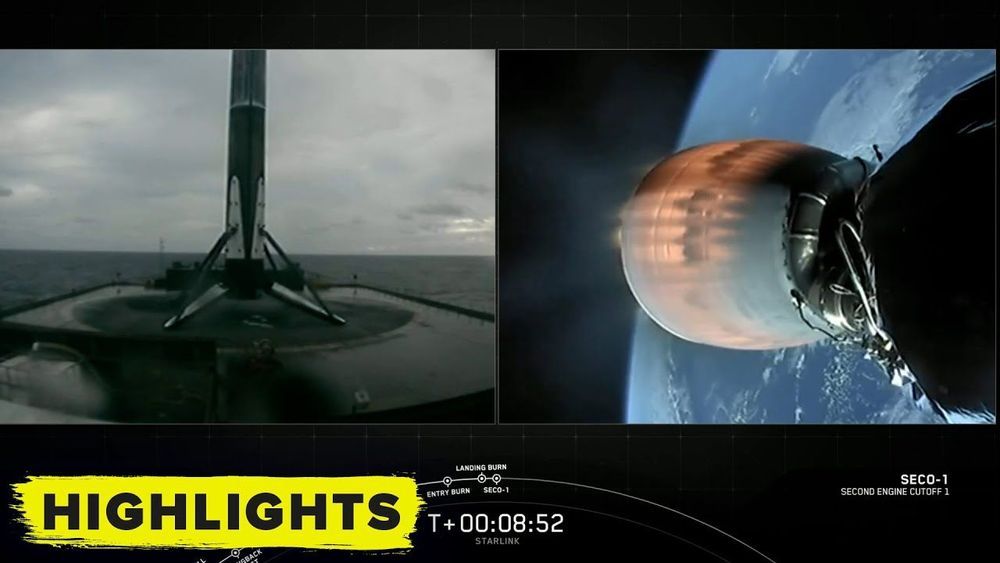Oct 22, 2020
SpaceX will collaborate with Microsoft to connect Starlink broadband with Azure cloud service
Posted by Raphael Ramos in categories: evolution, internet, satellites
Microsoft will be using Starlink broad band for their cloud services.
SpaceX President Gwynne Shotwell announced today the company will collaborate with Microsoft to connect Starlink broadband internet satellites with Microsoft’s Azure cloud service. “Our new partnership with SpaceX Starlink will provide high-speed, low-latency satellite broadband for the new Azure Modular Datacenter (MDC),” Microsoft detailed in a press release. “SpaceX is of course the name that people immediately think of when they think of innovation and the evolution that’s occurring to bring space technology into the 21st century,” said Tom Keane, Microsoft’s corporate vice president of Azure Global.
Starlink is SpaceX’s plan to create an internet-beaming satellite constellation in low Earth orbit to provide service globally. Primarily focused in areas where internet connection is unreliable and nonexistent. To date, SpaceX has deployed a bit over 800 satellites to orbit out of the thousands that will comprise the Starlink network. —“The collaboration that we’re announcing today will allow us to work together to deliver new offerings for both the public and the private sector to deliver connectivity through Starlink for use on Azure,” Shotwell said in a video announcement (shown below). “Where it makes sense, we will work with [Microsoft]: co-selling to our mutual customers, co-selling to new enterprise and future customers.”

